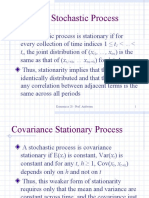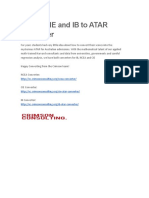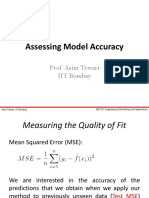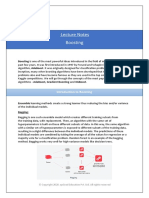0% found this document useful (0 votes)
33 views29 pagesML Observation
The document outlines several machine learning programs using Python, including creating histograms and box plots for the California Housing dataset, computing and visualizing a correlation matrix, implementing PCA on the Iris dataset, and applying the Find-S algorithm and k-Nearest Neighbour algorithm on generated data. Each program includes code snippets and outputs demonstrating the analysis and classification tasks performed. The document serves as a laboratory guide for machine learning techniques and data visualization.
Uploaded by
Ff VeeraCopyright
© © All Rights Reserved
We take content rights seriously. If you suspect this is your content, claim it here.
Available Formats
Download as PDF, TXT or read online on Scribd
0% found this document useful (0 votes)
33 views29 pagesML Observation
The document outlines several machine learning programs using Python, including creating histograms and box plots for the California Housing dataset, computing and visualizing a correlation matrix, implementing PCA on the Iris dataset, and applying the Find-S algorithm and k-Nearest Neighbour algorithm on generated data. Each program includes code snippets and outputs demonstrating the analysis and classification tasks performed. The document serves as a laboratory guide for machine learning techniques and data visualization.
Uploaded by
Ff VeeraCopyright
© © All Rights Reserved
We take content rights seriously. If you suspect this is your content, claim it here.
Available Formats
Download as PDF, TXT or read online on Scribd
/ 29




































































































